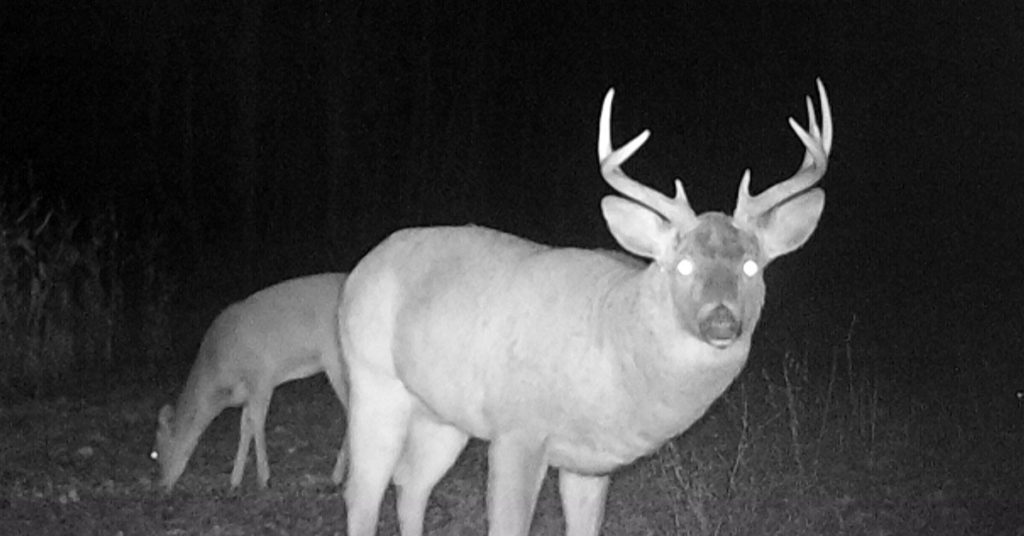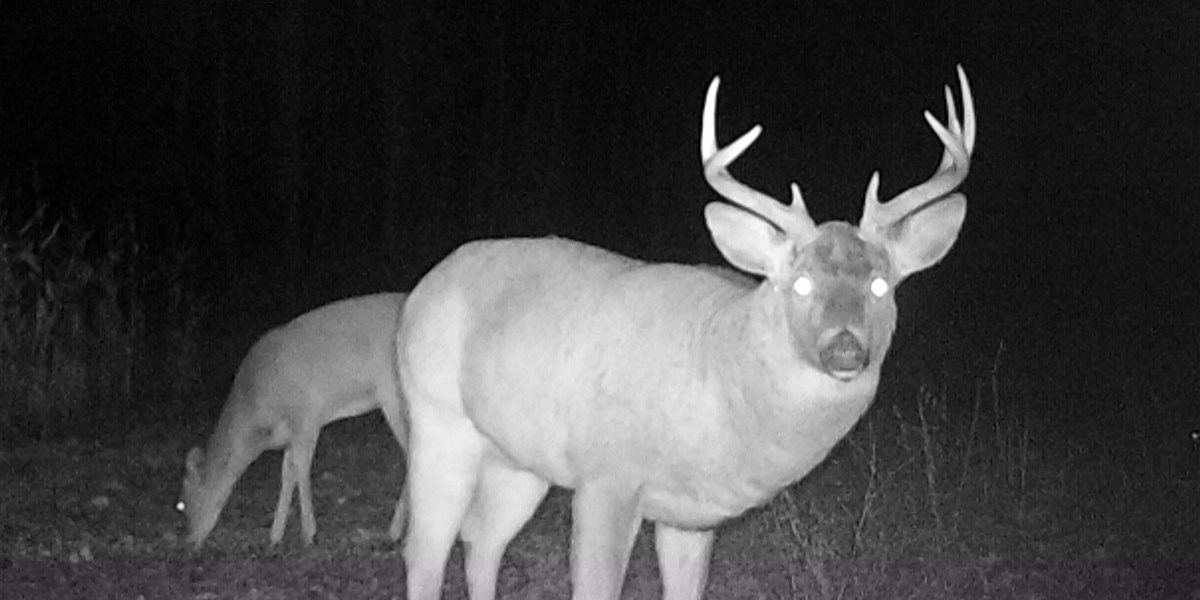A deer is a mammal that is recognizable by the majority of people. Typically, the male deer or buck has the unique attribute of antlers. Antlers are made up of bone that develops, grows, and falls off each year.
Like horns, antlers provide the deer with protection and allow a deer to spar with each other to determine an order of dominance. The difference between horns and antlers is that antlers fall off and regrow each year, while horns remain throughout the year and grow continuously throughout the animal’s life. This regrowth and rapid development of antlers relies on a deer’s age and diet to ensure proper growth and development.

A deer’s antlers are the fastest growing bones we know of, and give researchers a better ability to study bone development and growth. An individual deer can be followed throughout its life to exhibit the effects of change in these factors on antler development and strength. This leads to a more controlled atmosphere in monitoring the effects of different factors and how bone structure is affected.
A deer’s antlers are mainly composed of calcium and phosphorus. These nutrients come from the skeletal system of the deer that acts as a “bank” of nutrients. In order to supply itself with enough nutrients to grow its antlers, a deer must consume enough nutrients to maintain a strong bone structure. During the development of antlers a deer’s skeletal structure gives the nutrients it has stored to supply the rapid growth. If a deer has not been getting the appropriate diet the antler structure will be smaller and weaker than expected with the potential to not grow in at all. Plants high in protein give way to better bone development that allows deer to yield better antler growth. Sources of poor diet can stem from the weather patterns for the year as well as the location of the deer.
A deer will reach maturity at around six years of age. During a deer’s life, their antlers’ strength and stiffness will change. Strength is the measure of maximum stress while stiffness is a measure of how rigid a specimen is. From birth to maturity a deer’s antlers will grow stronger and larger each year after the other . After maturity is reached, the antler will start to decline in strength and reduce in thickness. This is similar to how the bones of humans progress. The stiffness of a deer’s antlers will reduce with age. This leads to the antlers being more susceptible to bending and deforming in fights. The antler will also be able to absorb more impacts through its antlers. Leading to a more successful spar with other deer.

The rapid development of deer antlers provides a useful opportunity to study the effects of antler development and growth over the course of a deer’s life. High impact factors such as age and diet can create large changes in antler stiffness and strength. Changes in these factors will have either a positive or negative effect in how the deer is able to maintain dominance over its territory.
